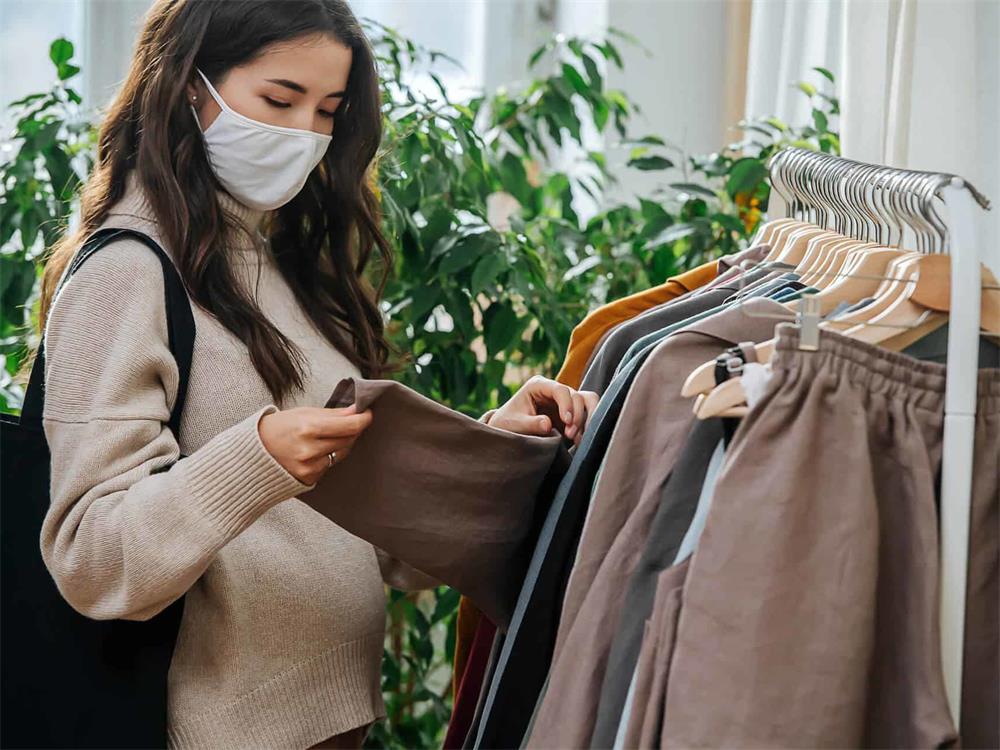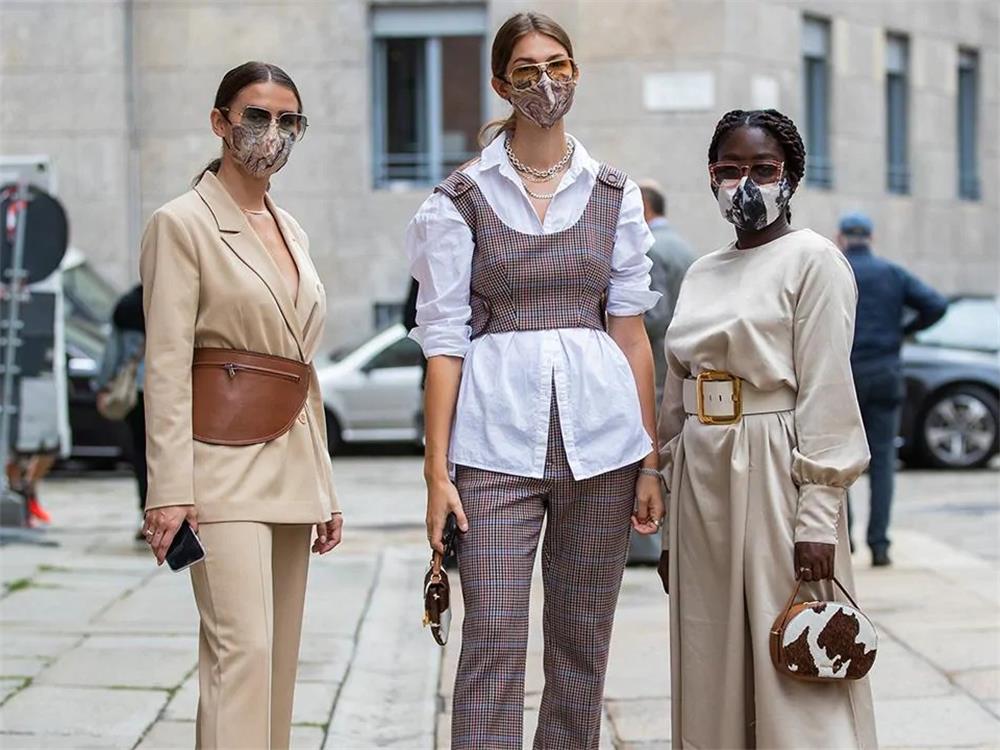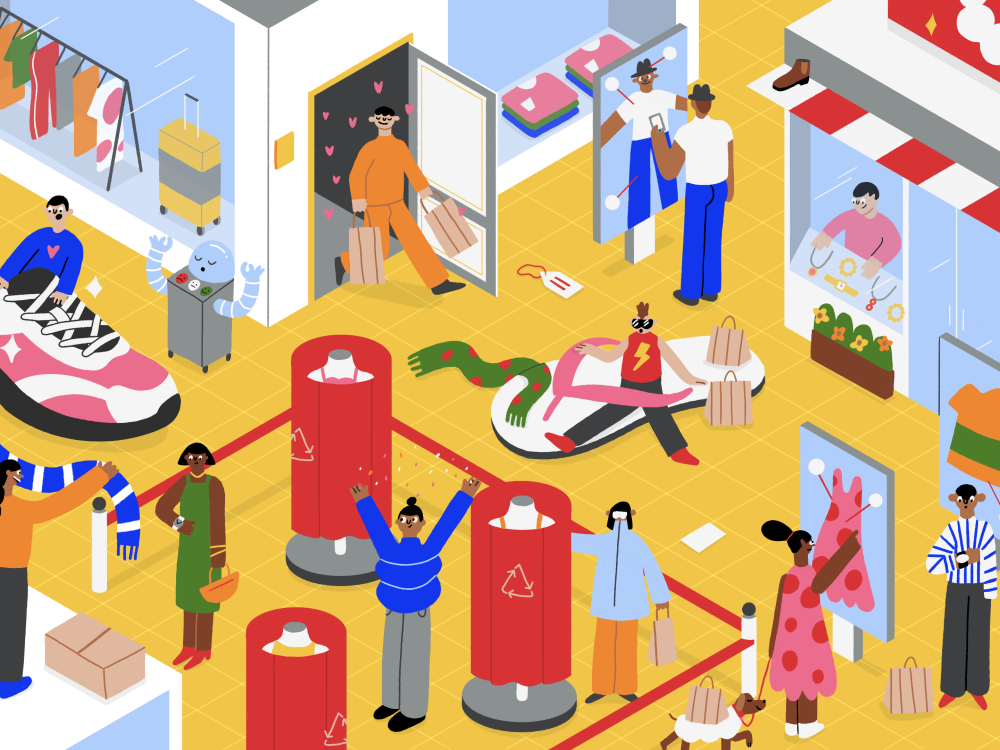Contents
Fashion is not only about looking good, but also about doing good. In recent years, more and more people have become aware of the environmental and social impacts of the fashion industry, and have started to look for ways to make their wardrobe more sustainable and ethical. Whether you are new to sustainable fashion or already a conscious consumer, here are five sustainable fashion trends that you need to try.
1. Organic Cotton
Cotton is one of the most widely used fabrics in the fashion industry, but it also has a high environmental cost. Conventional cotton farming uses a lot of water, pesticides, and fertilizers, which can harm the soil, water, and biodiversity. Organic cotton, on the other hand, is grown without synthetic chemicals and with less water, making it more eco-friendly and safer for farmers and workers. Organic cotton also has a softer and more breathable feel than conventional cotton, making it comfortable and durable.
You can find organic cotton in many types of clothing, such as t-shirts, jeans, dresses, and underwear. You can also look for certifications such as GOTS (Global Organic Textile Standard) or OCS (Organic Content Standard) to ensure that the cotton is truly organic and meets high social and environmental standards.
2. Recycled Materials
Another way to make your wardrobe more sustainable is to choose clothing made from recycled materials. Recycled materials are materials that have been reclaimed from waste or discarded products and transformed into new fabrics or products. This reduces the amount of waste that ends up in landfills or oceans, and saves energy and resources that would otherwise be used to produce new materials.
Some examples of recycled materials are recycled polyester, which is made from plastic bottles or other plastic waste; recycled nylon, which is made from fishing nets or carpet fluff; recycled wool, which is made from old wool garments or scraps; and recycled cotton, which is made from cotton waste or old cotton clothing.
You can find clothing made from recycled materials in various styles and categories, such as jackets, sweaters, pants, shoes, and accessories. You can also look for labels such as GRS (Global Recycle Standard) or RCS (Recycled Claim Standard) to verify that the materials are recycled and traceable.
3. Vegan Leather
Leather is a popular material for fashion items such as bags, shoes, belts, and jackets, but it also has a negative impact on animals, people, and the planet. Leather production involves animal cruelty, deforestation, greenhouse gas emissions, water pollution, and toxic chemicals that can harm the health of workers and consumers. Vegan leather, on the other hand, is a cruelty-free and eco-friendly alternative that does not use any animal products or by-products.
Vegan leather can be made from various natural or synthetic materials, such as cork, pineapple leaves, apple peels, mushrooms, rubber, or polyurethane. Vegan leather can mimic the look and feel of real leather, but with less environmental damage and more durability.
You can find vegan leather in many fashion items that traditionally use leather, such as bags, shoes, belts, jackets, wallets, and watches. You can also look for certifications such as PETA-Approved Vegan or Vegan Society to ensure that the products are vegan and ethical.
4. Slow Fashion
Slow fashion is a movement that challenges the fast fashion industry’s model of mass production, consumption, and disposal of cheap and low-quality clothing. Slow fashion advocates for a more mindful and responsible approach to fashion that values quality over quantity, craftsmanship over trends, and longevity over novelty. Slow fashion also promotes fair wages, safe working conditions, and respect for human rights and animal welfare in the fashion supply chain.
You can practice slow fashion by buying less but better clothing that suits your style, needs, and values. You can also support slow fashion brands that use sustainable materials, ethical practices, and transparent processes to create their products. You can also extend the life of your clothing by taking good care of them, repairing them when needed, or upcycling them into new items.
5. Secondhand Shopping
Secondhand shopping is another way to make your wardrobe more sustainable and ethical. Secondhand shopping involves buying pre-owned clothing from thrift stores, vintage shops, online platforms, or swap events. This reduces the demand for new clothing production, which saves resources, energy, and emissions. It also prevents clothing waste from ending up in landfills or incinerators, which pollutes the environment. Secondhand shopping also gives new life and value to old clothing that would otherwise be discarded or forgotten.
You can find secondhand clothing in various styles, sizes, and prices, and discover unique and original pieces that reflect your personality and taste. You can also sell or donate your unwanted clothing to secondhand shops or platforms, or swap them with your friends or family.
These are the five sustainable fashion trends that you need to try. By choosing these trends, you can not only look stylish and trendy, but also make a positive difference for the environment, society, and yourself.










